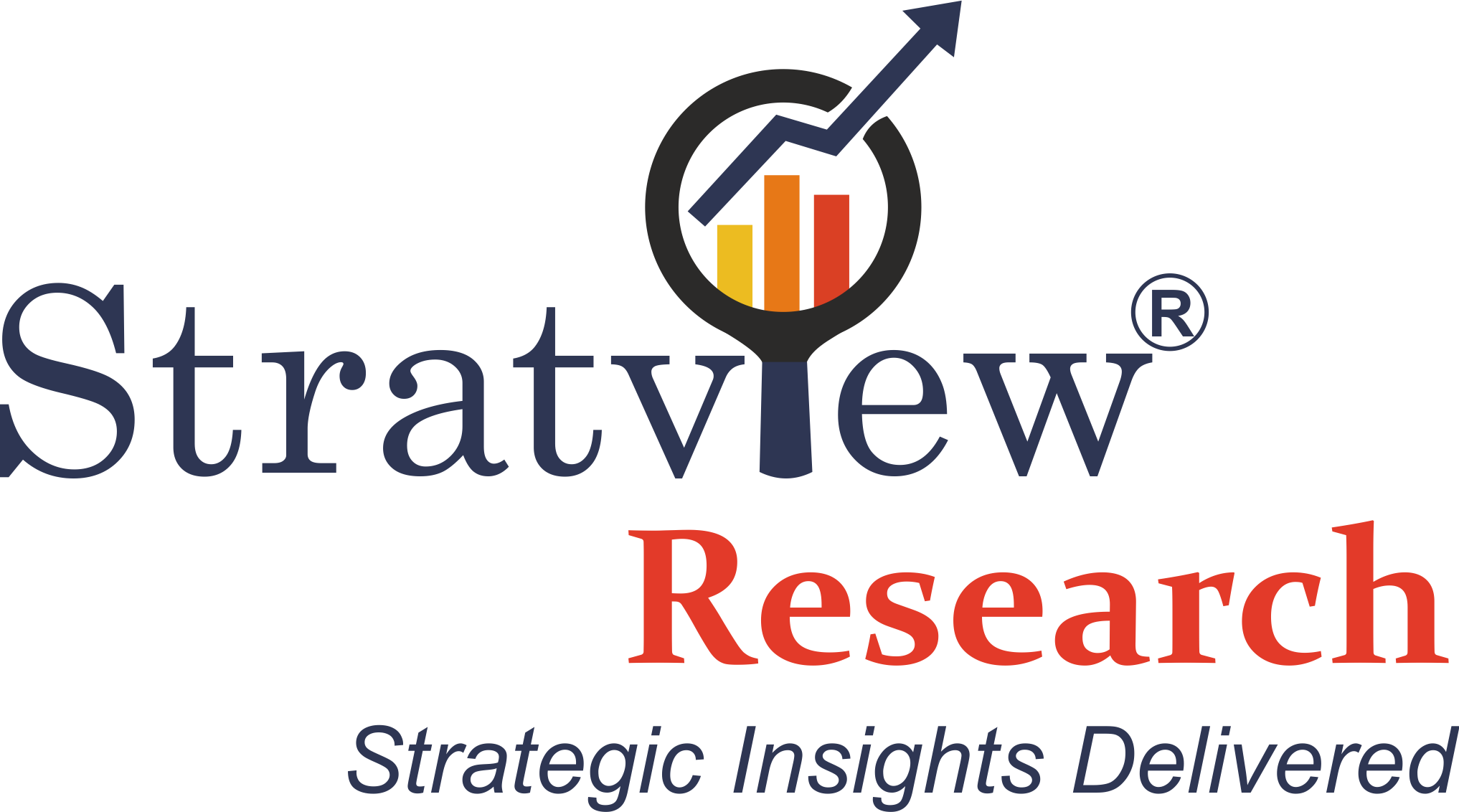The Chemistry Behind Precision: Inside the Chromatography Analytical Chemicals Market

Every purified drug, every safe glass of water, and every pesticide-free fruit share a common scientific gatekeeper: chromatography. But behind the sleek instruments and sophisticated software lies the real engine of accuracy — the analytical chemicals that drive every separation, identification, and quantification step. According to Stratview Research, the chromatography analytical chemicals market size was US$ 10.4 billion in 2024 and is likely to grow at a decent CAGR of 6.0% in the long run to reach US$ 15.8 billion in 2031.
In a world demanding ever-tighter tolerances and deeper molecular insights, the Chromatography Analytical Chemicals Market is emerging as the unsung hero of scientific progress.
The Problem: High-Stakes Testing in a Complex World
Whether it's quantifying impurities in a cancer drug or detecting heavy metals in drinking water, today’s labs must deliver results that are fast, accurate, and reproducible. Yet the complexity of modern samples — from biologics to environmental pollutants — makes it harder than ever to isolate and analyze target compounds.
Did you know? Stratview Research highlights that the surge in biologics, personalized medicine, and environmental testing has dramatically increased demand for high-purity solvents, reagents, and derivatization agents tailored for chromatography workflows.
Without the right analytical chemicals, even the most advanced chromatography systems are prone to noise, drift, and false positives — risks that modern science cannot afford.
Agitation: Old Formulations Can’t Keep Up
As analytical requirements grow more stringent, legacy-grade solvents and off-the-shelf reagents no longer make the cut. Labs today require:
- Low-UV absorbance solvents for enhanced detection sensitivity
- Ion-pairing reagents compatible with LC-MS/MS systems
- Derivatizing agents that offer stability across wider temperature and pH ranges
- Certified reference materials (CRMs) to ensure regulatory compliance
In industries like pharmaceuticals, food safety, and environmental monitoring, suboptimal chemicals can lead to invalidated tests, regulatory delays, or costly product recalls.
The Solution: Purpose-Built Purity for a New Scientific Era
According to Stratview Research, the Chromatography Analytical Chemicals Market is projected to grow steadily, driven by:
- Global expansion in biopharma manufacturing and R&D
- Rise in CRO/CMO partnerships, requiring standardized, globally compliant workflows
- Growing use of UHPLC and LC-MS, which demand higher purity and tailored chemical formulations
- Increased investment in environmental monitoring and food quality assurance
To meet these needs, leading suppliers are innovating in several key areas:
- Gradient-grade solvents with extremely low levels of particulate and UV-active impurities
- Pre-blended mobile phases and buffer concentrates to reduce prep time and error risk
- Stabilized derivatizing agents for better reaction consistency in GC workflows
- AI-supported inventory systems that predict usage and optimize reordering in high-throughput labs
To get a free sample, click here: https://www.stratviewresearch.com/Request-Sample/4215/chromatography-analytical-chemicals-market.html#form
Market Landscape: Who’s Driving the Shift?
Major players in this market include Thermo Fisher Scientific, Merck KGaA (Sigma-Aldrich), Avantor, Agilent Technologies, and Honeywell Research Chemicals. These firms are increasingly bundling chemicals with instruments and data software to deliver end-to-end workflow solutions.
Stratview Research notes that North America and Europe dominate in demand — due to pharma manufacturing and advanced research hubs — but Asia-Pacific is the fastest-growing region, with India and China expanding rapidly in pharmaceutical and food export compliance testing.
Strategic Takeaways: Purity as a Strategic Asset
In an environment where regulations are tightening and reproducibility is king, labs can no longer treat analytical chemicals as generic commodities.
Instead, they are shifting to:
- Validated, instrument-compatible chemical kits that simplify SOP adherence
- Vendor-managed inventory programs for uninterrupted access to high-purity chemicals
- Integrated digital traceability from bottle to batch, reducing audit complexity
Chromatography analytical chemicals are now a critical lever in ensuring speed, compliance, and competitive advantage — especially for labs working across borders or in high-risk domains.
- Art
- Causes
- Crafts
- Dance
- Drinks
- Film
- Fitness
- Food
- Games
- Gardening
- Health
- Home
- Literature
- Music
- Networking
- Other
- Party
- Religion
- Shopping
- Sports
- Theater
- Wellness


